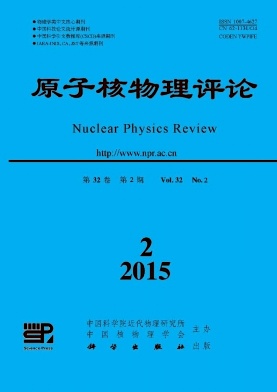Fabrication of TiO2 Nano lms by Ti+ Ion Implantation and Subsequent Thermal Annealing
doi: 10.11804/NuclPhysRev.32.02.242
- Received Date: 1900-01-01
- Rev Recd Date: 1900-01-01
- Publish Date: 2015-06-20
-
Key words:
- Ion implantation /
- thermal annealing /
- TiO2
Abstract: TiO2 nanofilms on the surface of fused silica have been fabricated by Ti+ ion implantation and subsequent thermal annealing in oxygen ambience. The silica glasses were implanted by Ti+ ions at 20 kV with fluences of 1.5 and 3x1017 ions/cm2 using a metal vapor vacuum arc (MEVVA) ion source implanter. The optical absorption spectroscopy, Raman scattering spectroscopy, X-ray photoelectron spectroscopy (XPS), scanning electron microscopy (SEM), and transmission electron microscopy (TEM) measurements were done to figure out formation mechanism of the TiO2 nanofilms. The formation of TiO2 nanofilms resulted from outdiffusion of the implanted Ti ions to the substrate surface, where they were oxidized intoTiO2. The formation,grain size and the crystallographic phase of TiO2 are annealing temperature dependent, and TiO2 nanofilm thickness can be well tailored by controlling the implantation fluence and annealing time. Results show that the TiO2 nanofilms fabricated by this novel method have great potential in applications such as photocatalytic,antibacterial and self-cleaning glass.
| Citation: | ZHOU Xiaodong. Fabrication of TiO2 Nano lms by Ti+ Ion Implantation and Subsequent Thermal Annealing[J]. Nuclear Physics Review, 2015, 32(2): 242-248. doi: 10.11804/NuclPhysRev.32.02.242 |






 甘公网安备 62010202000723号
甘公网安备 62010202000723号 DownLoad:
DownLoad: